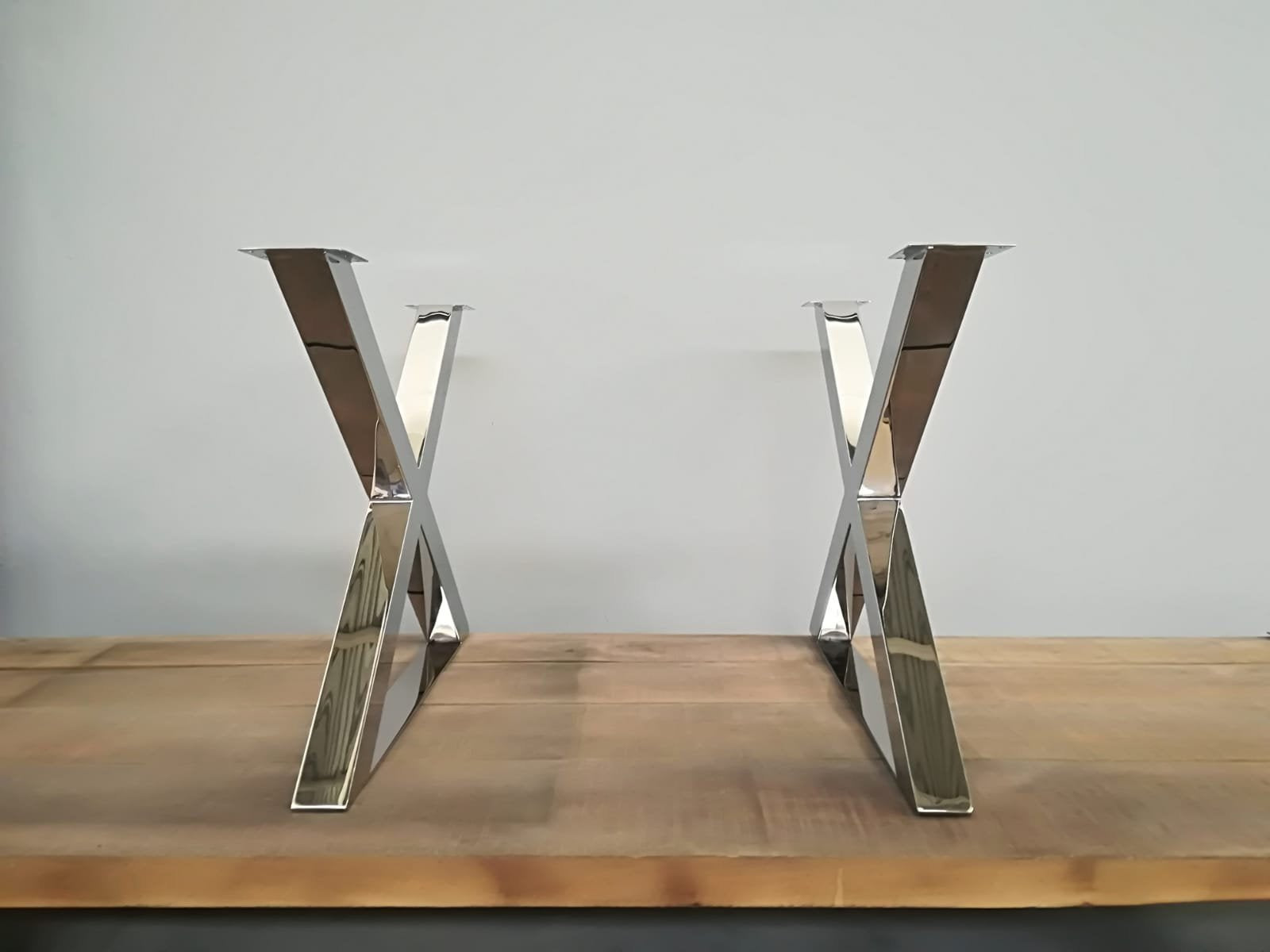Specialist Tips for Installing Dining Area Table Legs for Optimum Stability
When it comes to installing eating room table legs, accomplishing optimum security is critical for both capability and aesthetic appeals. What details techniques can improve security also further?
Choose the Right Legs
When choosing the ideal legs for your dining room table, it is necessary to consider both functionality and looks. The legs you pick will significantly impact the general style and security of the table. Initially, review the table's intended usage; if you expect frequent gatherings, sturdier legs, such as those made from strong wood or metal, may be preferable, as they use boosted resilience and assistance.
Next, take into consideration the elevation and design of the legs in connection with the table top. Common eating tables normally range from 28 to 30 inches in height, so ensure the legs align with this criterion for convenience. The style of the legs ought to complement the layout of the table top-- whether it be contemporary, rustic, or traditional. For instance, conical legs can add a modern touch, while transformed legs may convey an extra timeless aesthetic.

Select Appropriate Hardware
Just how can the right hardware boost the stability and durability of your eating room table? The choice of proper equipment is vital to making certain that the legs of your table are securely connected and able to stand up to regular use. Top notch screws, screws, and brackets offer the needed toughness to support the weight of the table, as well as any type of extra lots positioned upon it throughout celebrations or meals.
When picking screws, select those made from resilient products such as stainless-steel or brass, which stand up to corrosion and preserve stability gradually. The size of the screws is just as important; they should penetrate deeply into the table's structure without jeopardizing stability. For bolted links, take into consideration making use of lock washing machines to avoid loosening due to vibration or movement.
Additionally, using edge braces can add extra assistance, specifically for larger tables or those with heavier tops. These brackets disperse weight uniformly and help maintain the table's form. Guaranteeing that the hardware you select is appropriate for the details products of your table will further boost its general stability and long life, enabling you to appreciate your eating experience for years ahead.
Ensure Appropriate Alignment
Correct positioning of dining area table legs is necessary for both aesthetic allure and practical security. Misaligned legs can lead to an uneven table top, which may not just be visually unattractive however additionally endanger the table's use. To attain optimum alignment, begin by gauging the range from the table's edges to the leg attachment factors. This makes certain that each leg is positioned equidistant from the edges, creating a balanced look.
Make use of a level during installation to verify that each leg is vertical to the tabletop. It is advisable to mark the desired leg placements on the bottom of the table with a pencil or concealing tape before securing them.
Furthermore, confirm the positioning after the preliminary screws are tightened, as adjustments may be essential before totally safeguarding the equipment. By focusing on appropriate placement, you not only improve the table's general layout but additionally guarantee that it stays stable and practical for several years to come.

Consider Weight Distribution
After making certain correct positioning of the dining-room table legs, it is essential to think about weight distribution to boost security and functionality. dining room table legs. Proper weight distribution is important in avoiding making sure and wobbling that the table can sustain its desired load without threat of tipping or collapsing
When positioning the legs, guarantee they are positioned at equivalent distances from the facility of the table to equally distribute the weight throughout the structure. Take into consideration the weight of the tabletop and any kind of items that will frequently rest on it, such as ornamental pieces or tabletop devices. Tables with heavier surfaces need to preferably have legs located closer to the corners, as this optimizes the base of assistance and decreases the risk of instability.
In addition, if the table is intended for usage in a high-traffic location, consider using much heavier materials for the legs or adding maintaining elements, such as cross-bracing or a reduced shelf - dining room table legs. These modifications can help keep equilibrium and prevent shifting during usage. Ultimately, a well-considered weight distribution method will substantially enhance the table's general performance, guaranteeing it continues to be a practical and attractive focal point for your eating room
Test Stability Prior To Usage
Examining the security of the dining area table prior to usage is an essential action that should not be forgotten. Making certain that the table is safe and secure and stable can stop mishaps and prolong the life expectancy of the furnishings. Begin by using gentle stress to different factors on the table surface area. Lower on the facility and after that along the sides, moving or observing any wobbling. Identify the legs or joints that might need change. if the table shows instability.
Following, examine that all bolts and screws are tightened up effectively. Loose links can lead to instability and prospective damages with time. If required, use wood glue on joints to boost stability, making sure to enable adequate drying out time.

Conclusion
Finally, the installment of dining area table legs requires careful consideration of materials, alignment, weight, and equipment distribution to attain maximum security. By choosing top quality bolts and tough legs, guaranteeing exact positioning, and distributing weight uniformly, the structural integrity of the table can be dramatically enhanced. Conducting a security test before routine usage further guarantees that the table will certainly withstand daily stress, therefore offering a trusted and safe dining experience.
When it comes to setting up eating room table legs, accomplishing optimum stability is vital for both functionality and visual appeals. The legs you select will substantially affect the general layout and security of the table (dining room table legs). Standard eating tables typically range from 28 to 30 inches in height, so guarantee the legs align with this standard for convenience.Correct placement of dining area click here for info table legs is essential for both visual allure and useful security.In final thought, the setup of dining area table legs calls for cautious consideration of materials, alignment, equipment, and weight distribution to achieve maximum security